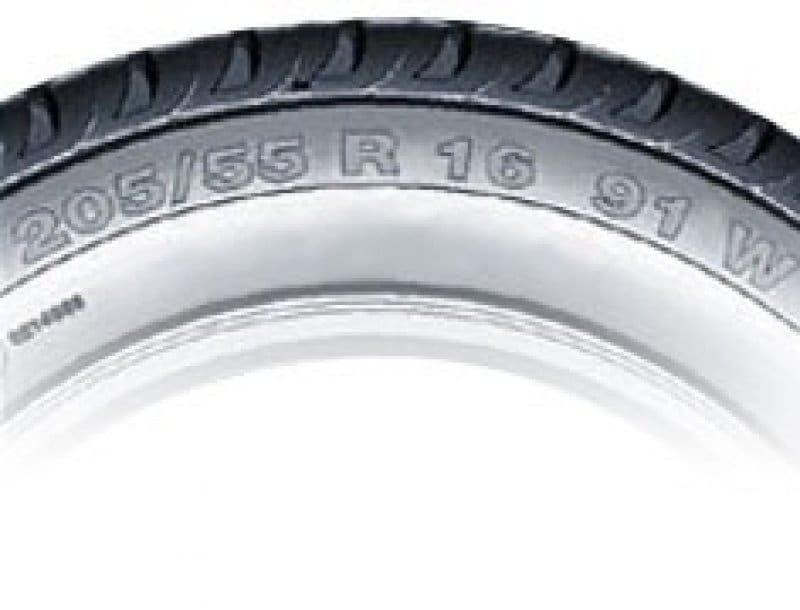
How are Tariffs going to effect RV prices in Canada?
A lot of people are wondering what exactly the current situation is with tariffs and RVs in Canada. To try to bring some clarity to


A lot of people are wondering what exactly the current situation is with tariffs and RVs in Canada. To try to bring some clarity to

Located along the stunning shores of Lake Huron in Ontario, Pinery Provincial Park is a nature lover’s paradise, offering over 10 km of sandy beaches, breathtaking sunsets, and an extensive network of hiking and biking trails…

he park offers a peaceful retreat with breathtaking views of the Strait of Juan de Fuca, where you can enjoy activities like hiking, picnicking, beachcombing, and birdwatching. The park’s serene atmosphere and natural beauty make it a favorite for those looking to unwind and reconnect with nature…

Whether you’re spending the day relaxing by the shore, hiking along the nearby trails, or exploring the charming local communities, Twin Shores provides the perfect home base for your PEI adventure…

hether you’re looking to explore the city’s rich history, visit iconic landmarks like Old Quebec, or enjoy outdoor adventures, this campground is the ideal base.

Monday | 9:00 AM – 5:00pm |
Tuesday | 9:00 AM – 5:00 PM |
Wednesday | 9:00 AM – 5:00 PM |
Thursday | 9:00 AM – 5:00 PM |
Friday | CLOSED – Good Friday |
Saturday | CLOSED – Easter Weekend |
Sunday | Closed |
Monday | 9:00 AM – 5:00 PM |
Tuesday | 9:00 AM – 5:00 PM |
Wednesday | 9:00 AM – 5:00 PM |
Thursday | 9:00 AM – 5:00 PM |
Friday | CLOSED – Good Friday |
Saturday | CLOSED – Easter Weekend |
Sunday | CLOSED |
Monday | 9:00 AM – 5:00 PM |
Tuesday | 9:00 AM – 5:00 PM |
Wednesday | 9:00 AM – 5:00 PM |
Thursday | 9:00 AM – 5:00 PM |
Friday | CLOSED – Good Friday |
Saturday | CLOSED – Easter Weekend |
Sunday | CLOSED |
